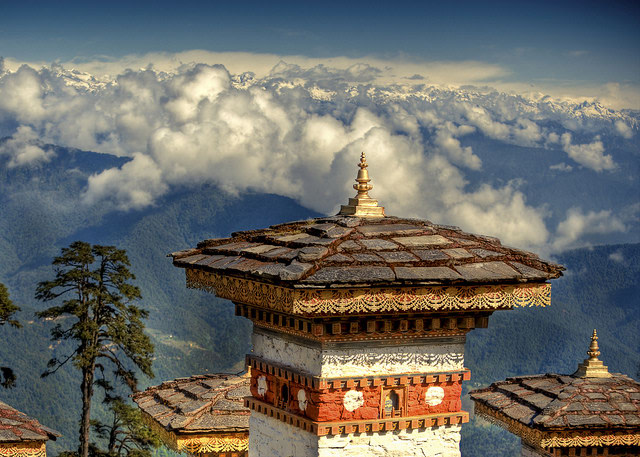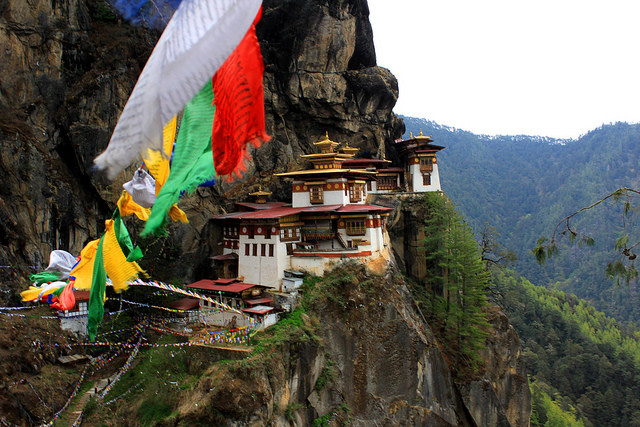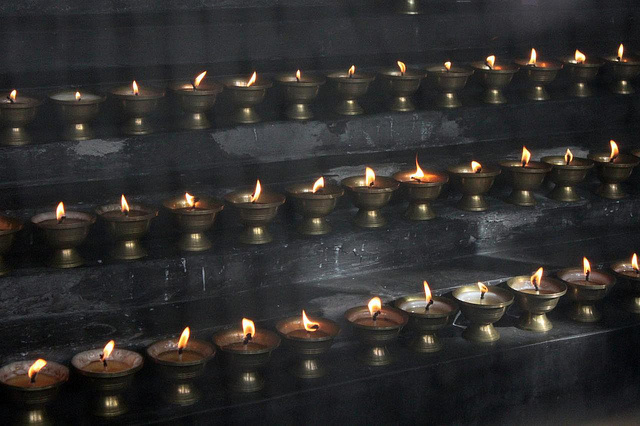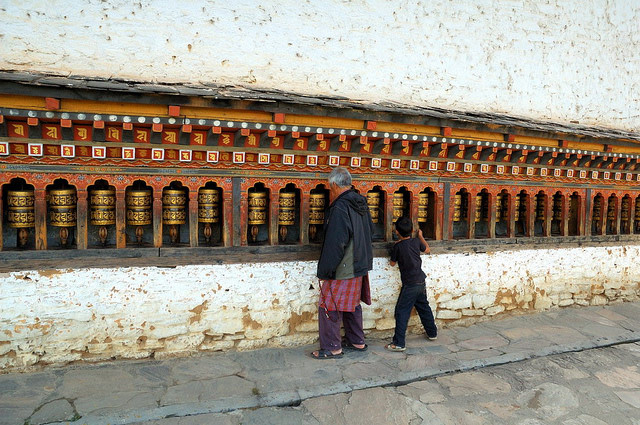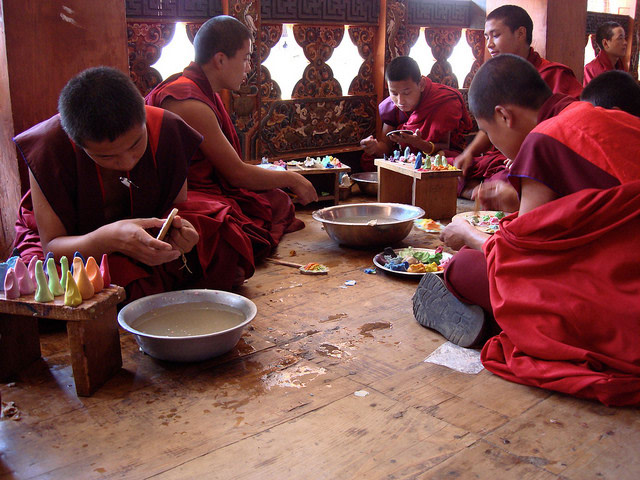| 4 mins read
One of the world’s most unique and exclusive destinations, Bhutan sits cozily tucked into an isolated corner of the Himalayas. This landlocked Asian country is so focused on preserving its culture and traditions that it only recently permitted its’ residents access to television and the Internet. Governed by Buddhist laws and valuing the country through “Gross National Happiness”, Bhutan is one of the continent’s most extraordinary places.
Visitors planning a trip to Bhutan must work through government-approved agencies to arrange their travel itinerary. Visas must be acquired beforehand, hotels and flights are booked though a single agent, and tours within the country are always alongside guides. However, with such an extensive history, so many cultural sites and such little information known outside of the country, guides in Bhutan are essential.
What are the main sites of Bhutan?
Being the only Buddhist Kingdom remaining in the world, most of the sites in Bhutan revolve around its rich cultural heritage and religion. As Bhutan is quite a compact country (only 700,000 inhabitants), the destinations within the area are numbered. Most cultural tours in Bhutan head to Paro (the only international hub of the country), Thimphu (the capital city of the Kingdom) and Punakha (the former capital of the country).
Paro
Built into the face of a giant cliff, Taktsang Monastery (Tiger’s Nest) is an operational Buddhist monastery saturated in Buddhist mysticism and lore. With roots dating back to the 8th century, this iconic visit situated in the northern region of Paro, is religiously, culturally and historically important for Bhutan. Visitors must hike to reach the gates of this isolated, awe-inspiring monastery, and tours through the interior are equally as amazing as the sight of the monastery itself. Other cultural sites in Paro include the 7th century Kyichu Temple, National Museum and the quaint downtown area.
Thimphu
Home to a number of museums, religious strictures and beautiful parks, Bhutan’s capital is as close to “city living” as it gets in the country. The Changangkha Lhakhang is a notable monastery in the city dating back to the 12th century, and the capital’s memorial Chorten is a peaceful visit dedicated to the country’s third king. For a glimpse into the cultural side of the city pay a visit the National Folk Heritage Museum, or for a taste of Bhutan’s arts, the Alaya and Water Dragon Galleries are worth a visit. Quite hard to miss, the city’s giant bronze Shakyamuni Buddha statue is another great Thimphu icon.
Looking to bring home some souvenirs from the trip? Your Thimphu tour guide will direct you to some beautiful locally produced handicrafts- from woven and hand-carved goods to clothing and paintings. With a number of bookstores in the city as well, bring home some English language texts covering mostly Buddhist and Bhutanese topics.
Punakha
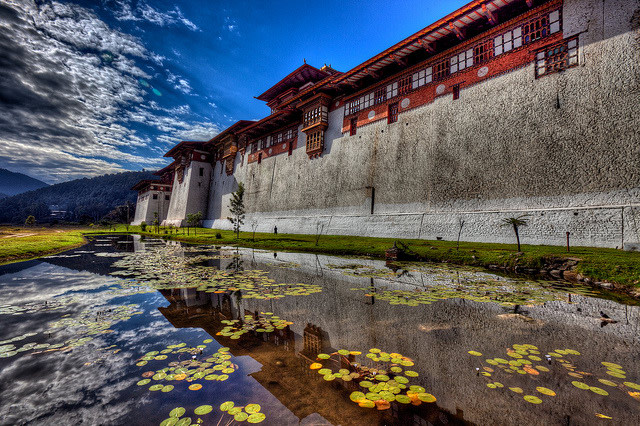
When is the best time to visit Bhutan?
From September-November and March-May! If you’re looking to have an entirely unique Asian experience, Bhutan is the destination for you. Accessing the country and organizing trips can be a tad bit challenging, but once there, you’re bound to have the trip of a lifetime. To make the best of your trip to this wonderful land, be sure to secure the assistance of a knowledgeable Bhutan tour guide !
Image credits and license details: https://flic.kr/p/71hubh (Otabi kitahachi, CC BY-NC-SA 2.0), https://flic.kr/p/b3mRBB (Göran Höglund (Kartläsarn), CC BY 2.0), https://flic.kr/p/9QXFLb (Travis Lupick, CC BY-NC-SA 2.0), https://flic.kr/p/dYuXSn (Carsten ten Brink, CC BY-NC-ND 2.0), https://flic.kr/p/8WDxcb ( Jérôme, CC BY-NC-SA 2.0), https://flic.kr/p/j5xhV6 ( Marc Wisniak, CC BY-NC-ND 2.0), https://flic.kr/p/97LxNm (Gelay Jamtsho, CC BY-NC-SA 2.0),



